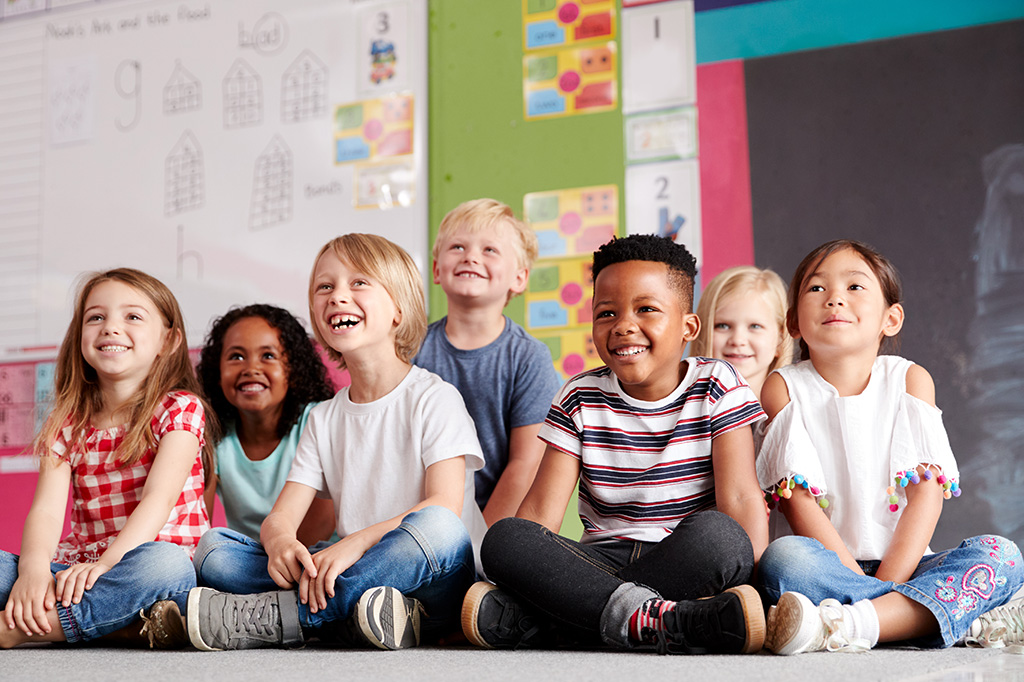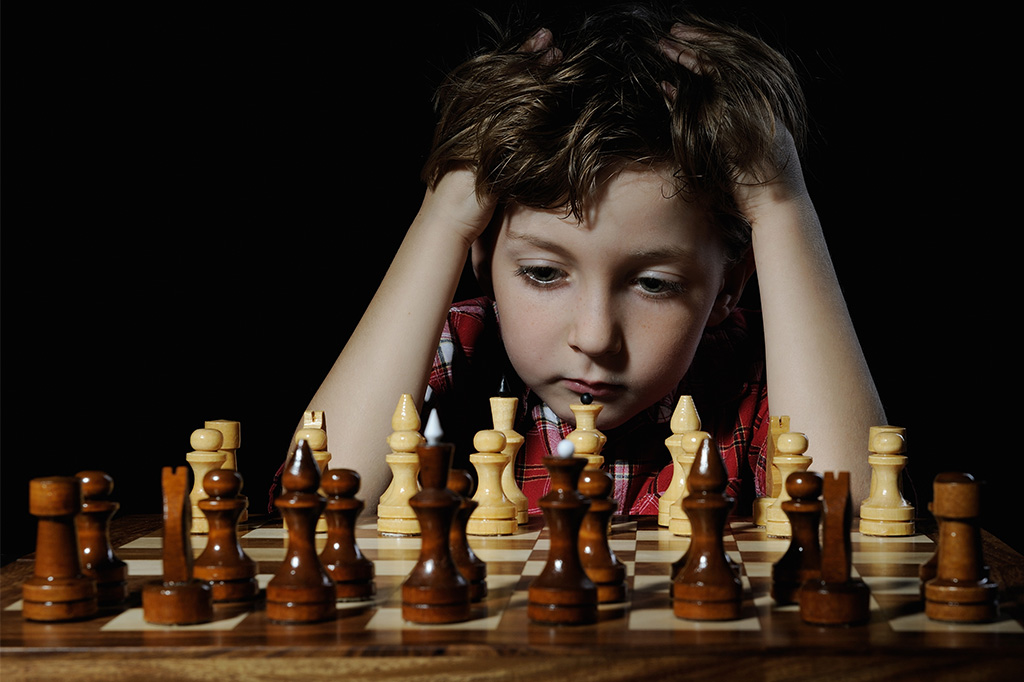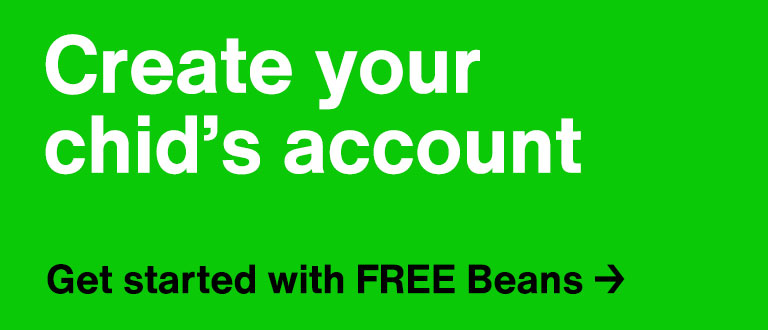Addressing the Gap(s)
Between Students

⏱️ 9 min read
Introduction
“Gap”.
A keyword in education circles currently, a divisive word. If it’s your child they’re referring to, then it’s unlikely to sit well with you. But, do not lose yourself in worry about how to help your children. Firstly, let’s be clear about what “gap” is relevant to you—if any. There are multiple gaps, and we may be the first to highlight some of them.
In this Blog, you’ll read the gap word several times, used in different contexts. Still, it’s only a gap, and any gap can be bridged, filled or closed. Specifically, since Learnest’s field is education, the gap we are focussed on is the learning gap.

1.
The pandemic gap and catch-up
Amidst the COVID-19 pandemic we learned of the gap between households with internet connectivity and usable tech devices. We learned that there are many households with less, or none of the above.
Some children fell behind their peers due to this socio-economic discrepancy, which was worsened by lockdowns. However diligent a student they might have been prior to lockdowns, they fell behind.
The work towards equipping the schools so that they can fulfil and administer their pupil’s requirements with laptops and broadband dongles continues, but it isn’t done yet.
Since the children returned to school, teachers have been assessing and reporting on the changes they can see in the children. Particularly prominent is the news of 4–5 year olds having speech and language difficulties. Being without the usual levels of interaction and socialisation during periods of lockdown, many have fallen behind the expected levels. It’s been coined as the “word gap”.
Un-cautious words like:
‘damage’ and ‘harm’
have been used in the media relating to all of our children. Questions have been raised over the permanence of the effects of the relative isolation they endured at home. Some schools have been accused of not responding sufficiently, timely, or at all to their pupils’ needs during lockdowns. It’s alarming, and parents will be seeking solutions.
Students of all ages face learning gaps largely determined by the effectiveness of their schools to provide online teaching. As we know, there was huge variation in these services to children and some were very much let down. Therefore the most glaring gap we can see across Primary pupils is actually a gap between the schools.

However, the inclination and/or ability of any household to source learning materials, and initiate regular activity for their children while at home, can significantly alter the extent of catch up they face at this stage.
Accessibility to high quality, inclusive learning material should not cost the Earth. All households being equal, and we certainly hope that any socio-economic inequality can be significantly diminished, all children would have access to libraries like Learnest’s.
The post-pandemic reality demands that ‘catch-up’ applies to all of our young learners. They all missed out on many things—some more than others. These learning gaps can be closed, but it will require your effort and help from a library like Learnest’s.
The summer of 2021 is the summer of catch-up.

2.
The parental priority gap
If a child’s education doesn’t begin with a parent’s ideas, where does it begin?
Some parents have some form of plan before their children are born. At least, they have decided that they are going to be attentive and initiate lots of activities to stimulate their child’s motor skills and brain development.
Such interaction and communication with even the very youngest mind is positively beneficial to them. Given the widely recognised value of early learning, it is apparent that the attention we give to our children in the “early years” contributes to a gap in some of the key skills required for learning.
Given the varying priorities, only some children start a journey of rigorous academic schooling from the outset. Others are unengaged by the time their schooling begins. Naturally, these different outlooks on a child’s education produce different results. This contributes to the ability gaps between our students in the typical Secondary classroom.

3.
The Primary school achievement gap
This gap is not truly explained simply by citing the ‘State versus Independent’ argument. Private schools are not necessarily providing the ‘better’ academic education, contrary to widespread assumption. Besides, how foolish would it be to presume that the state sector is unambitious or incapable? The truth is far from that in most cases.
To explain, a rigorously academic, academically-selective school will have completed the national Primary curriculum. Furthermore, they likely recapped on some of it too, especially maths, by the time their pupils graduate Year 6. Moreover, teachers in such schools extend lessons into related topics, experiments, biographies of key figures, wider vocabularies or higher level challenges.
However, between the highest achieving academic schools and those achieving the least in the country, is a gap that may be worth 2–4 school years in school lesson time for the pupils of those two very different schools.
We should try to comprehend the vastness of the gap between their achievements and those of children in some other schools. Compare them to the school that doesn’t fully cover the prescribed curriculum, for whatever reason. There, or from there, children sit SATs or take the 11+ relatively under-prepared. Do they then graduate with a certain expectation attached to them based on their SATs results? Even worse, do they move forward with a low expectation of themselves?

4.
The examination anxiety gap
All Primary school children will sit some form of formal examinations before they enter Secondary school.
It is true that these phases in a child’s education can raise the pressure levels and cause anxiety to some. We should be conscious of what separates the nervous but calm student from the stressed one.
Some children do not fear exams, they relish them. Others, probably most, would prefer not to sit exams. In academic terms specifically and solely, preparedness for tests is the major dividing factor in respect of general anxiety levels.
What that means in detail is not a matter of revision and cramming in the months prior to exams necessarily. It’s more a case of the long-term depth of learning achieved over the Pre- and Primary years. Plus, to some degree or other, test practice to build confidence (and technique) in taking exams—some say:
“no testing, no learning”.
‘Preparation’ is relative in respect of school exams. Each child’s own ambition determines what they are seeking from their time at school—which in itself is a gap worth closing. In any case, if you are ambitious and want your child to achieve their best potential academically, then thorough preparation is the key to anything like an anxiety-free education.

Closing learning gaps and getting ahead
Since everything is stimulating to a child’s mind, parents and childminders get to select what influences them most.
We are also the people who can instil confidence, good habits and ambitions into the children. So, essentially, our earliest aim ought to be to engineer scenarios with the children where we can exercise praise, encouragement, and regular activity.
The Learnest aim is to reach children at Pre-school age and support them, and their parents, throughout their Primary school years.
The earlier we begin, the better—
especially if you have considerable ambitions for their education.
Of course, a child’s first test has nothing to do with academia—and our first opportunity to praise and encourage them comes long before school. We should take those opportunities, it will help to reduce the gaps and increase their general interest in learning.
Interacting with your child with some intentional activity, and maybe even a target outcome, will grow their ability to focus on something, anything, in the non-school environments. With every target completed, there is an opportunity to applaud and evaluate their
The children observe what we do, and for as long we manage to set a good example they might just follow it. So, choose your message—know that you are transmitting to your child, and note that young minds have no preconception that books are boring and ‘toys’ are fun.
effort and achievement.
First time round, some activities feel like tests—the 4-piece jigsaw, the 12-page book, the objects and the holes. Passing those tests are unique moments, graduations worthy of celebration before moving on to the 8-piece jigsaw, and so on.
With momentum, growing confidence and any form of progress there is a base on which we can very easily instil curiosity and grow true passion for learning. We believe this is the most authentic way to close the gaps.


Get to work
Today, the universal platform for the best learning materials is now online.
Accessibility, updatability and constant availability are the key advantages of the digital world over the analogue, printed world. So Learnest’s library is as accessible as possible—to all. We look forward to the day when no child is denied learning that others can access.
Learnest’s Pre-School materials are designed to arouse and inform the youngest mind—to spark it, thrill it and make it ever-curious.
The L1–3 Primary study materials aid or lead young students through their Primary years, revealing, recapping and even clarifying the entire maths and science curriculums.
Beyond that are our unique L+ resources—these extend and reach into topics that only some schools will introduce to their pupils. L+ is a study environment designed to feed young minds and fuel their conversations with interest, fact and flair.
So, we invite you to sample a higher and broader level of education via the Learnest library from 1st June 2021.
Posted 28 April 2021
Authored by Elliot Paine
Edited by Asano Katashima & Tai-li Lee
2021 © All Rights Reserved. Learnest.xyz

